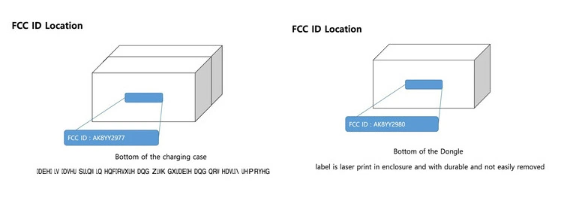
Sony showed off its highly anticipated new product, the Project Q streaming handheld console, at the PlayStation Showcase event in May this year, and subsequently launched the first PlayStation Earbuds wireless headphones. This wireless earbuds carefully designed by PlayStation brings a new audio immersion experience to PS5 and PC users

According to Sony’s official introduction, PlayStation Earbuds adopts a new Wireless technology provides low-latency lossless audio, allowing players to enjoy excellent sound quality in games. In addition, the headphones also have a noise reduction function to provide users with a purer audio experience. At the same time, the earbuds can be connected to smartphones via Bluetooth to enable convenient switching of multiple devices

Recently, PlayStation Earbuds have passed FCC certification, which means that the product is about to be released. The certification document shows that the headphone model is YY 2977 and the USB transceiver model is YY 2980. For users who own a PS5 game console, although the PS5 does not support Bluetooth connection, they can achieve wireless connection through a USB transceiver to obtain a more free and comfortable gaming experience

According to news, the design of PlayStation Earbuds adopts a standard hinge box design instead of the previously rumored charging box design. It has not yet been officially confirmed whether the headset will come with PlayStation or INZONE brand
Sony’s upcoming wireless noise-canceling gaming headset will bring a new audio experience to users of Sony gaming devices, but there are concerns about the Project Q streaming handheld console More details about PlayStation Earbuds, such as release time and price, have not yet been announced. According to our understanding, as Sony continues to launch new products, game enthusiasts’ expectations for these new products are getting higher and higher
The above is the detailed content of PlayStation Earbuds successfully passed FCC certification: the gaming experience has been upgraded. For more information, please follow other related articles on the PHP Chinese website!




